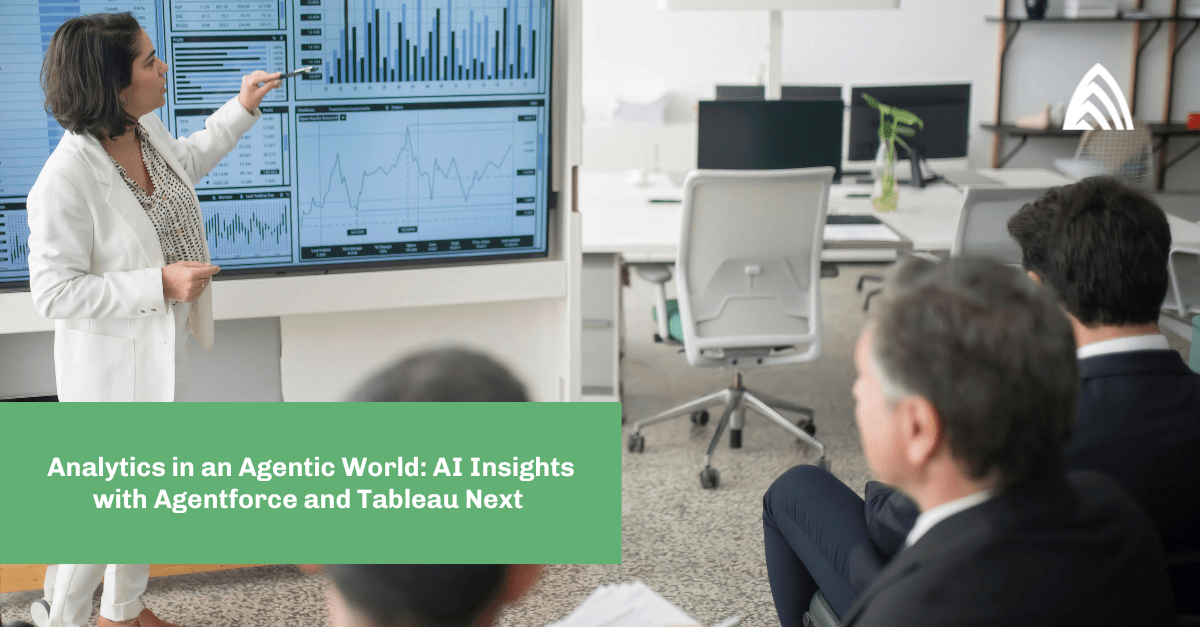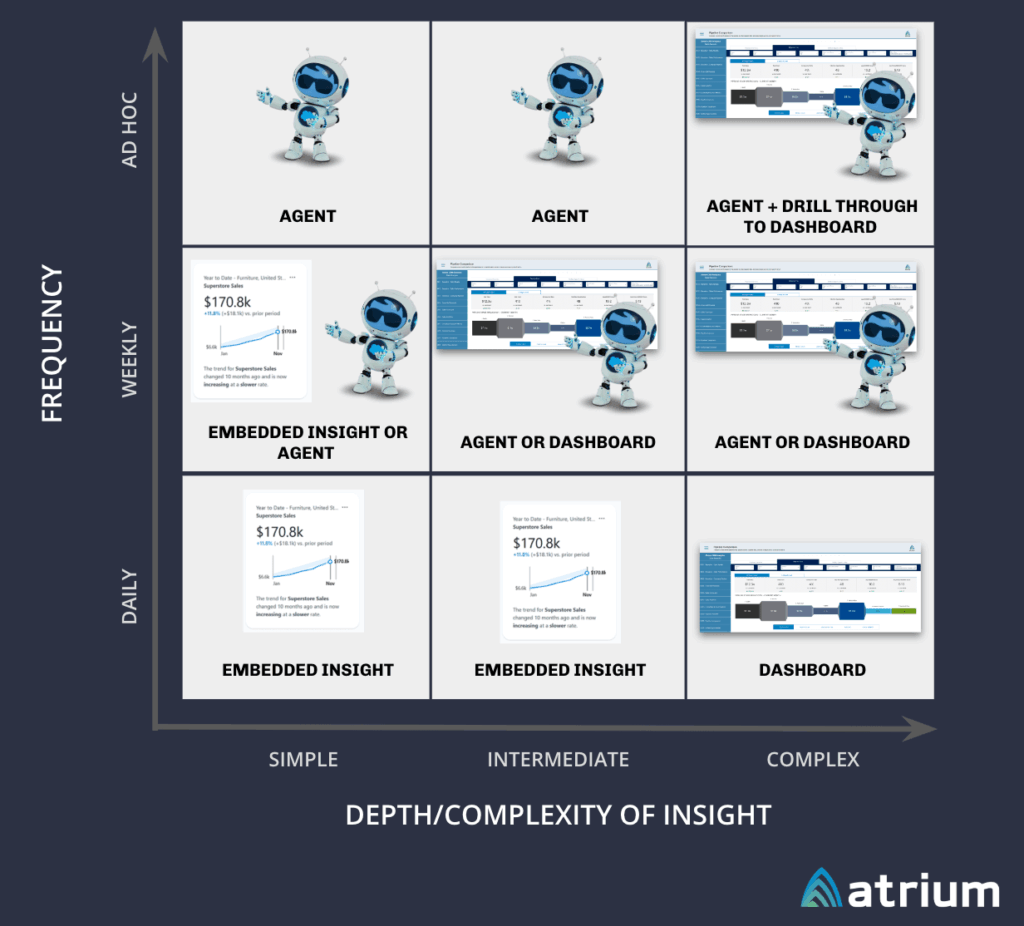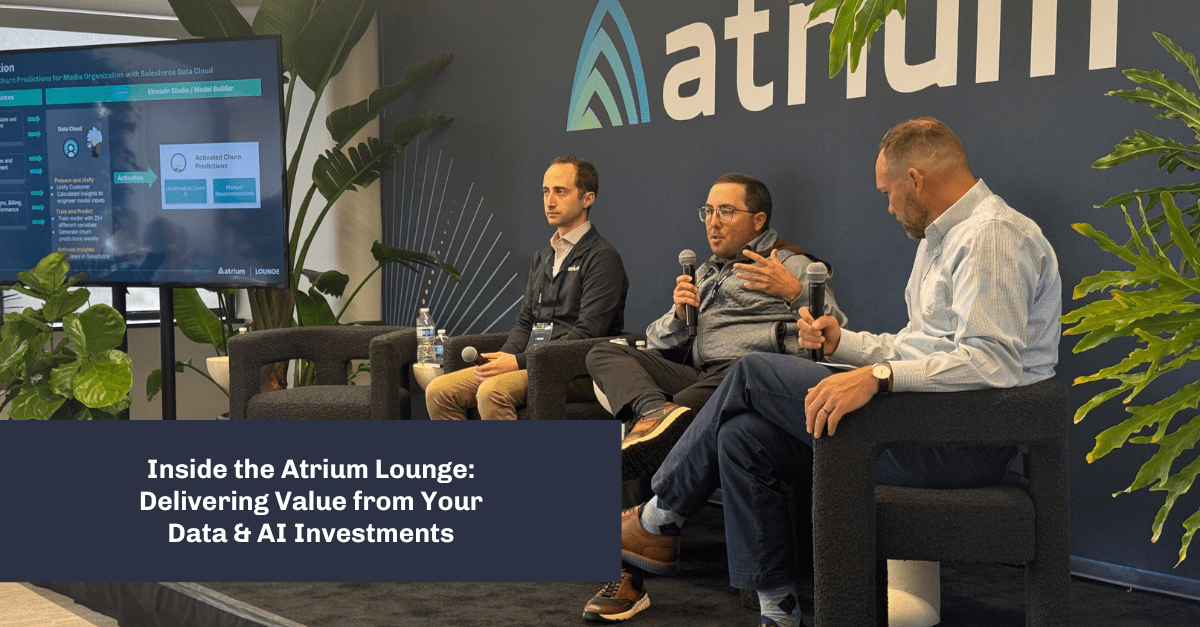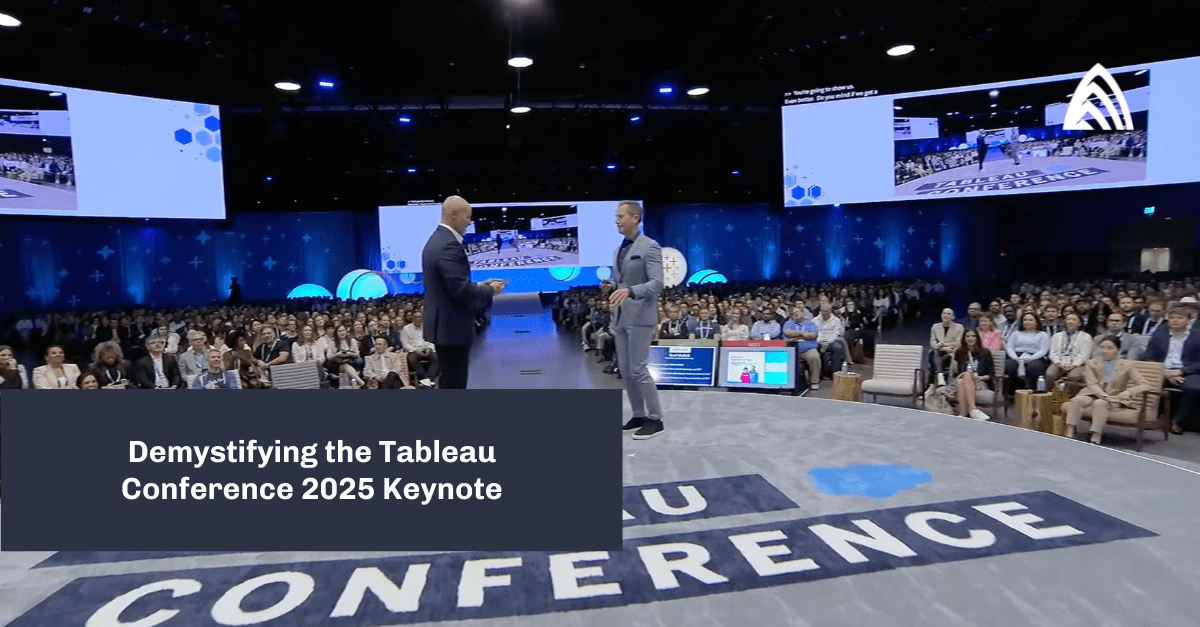At Dreamforce last year, I was moderating a panel on guided selling with analytics and AI when an audience member asked how I thought Agentforce would impact analytics solutions. My off-the-cuff response was that in terms of analytics, “the questions remain the same, but now we have another mechanism through which we can deliver those insights.” This sentiment still holds true today.
In the Q1 2026 earnings report, Salesforce announced it “has closed over 8,000 deals since launching Agentforce.” In the same earnings call, CEO Marc Benioff stated that 800 customers are currently in production with Agentforce. Eight hundred is a sizable number; 10% of total deals is not. The promise of the Agentforce platform is tremendous, but it takes the right data, model training, and action framework to create a transformational experience. Without these, you may find yourself in the unfortunate place of being underwhelmed by how much your agent can do.
In this blog, I’m going to focus on how designing analytics solutions will shift in an agentic world, and how adapting your approach to analytics will also position you for a more robust return on your Agentforce investment.
Atrium’s approach to user-centered design
At Atrium, we have been leaders in analytics since our inception in 2018. Some of that success has been tied to the use of a user-centered design approach for defining Salesforce systems, including the data-driven insights we embed into nearly every solution we create.
As part of that process, we run what we call “Insights & Actions” sessions, in which we always ask three main questions:
- As a <persona>, what key questions are you trying to answer?
- What is the order of importance of those questions?
- Once you have the answer, what action will you take?
Armed with that information, we can identify the data we need to provide those answers and can build dashboards and embedded insights that serve up those answers in the most efficient way possible.
Dashboard, embedded insight, or agent?
Data investment can be leveraged across multiple delivery channels, and with the rise of Agentforce and assistive agents, there’s now a fourth question we ask: “What is the most effective delivery mechanism for that insight?” To help determine the answer, we created the following matrix:
You’ll notice that agents are an excellent delivery mechanism for many scenarios traditionally covered by embedded insights or full dashboards. However, not all analytical questions should be answered by an agent.
How should I determine the right delivery mechanism?
Our axes on the matrix are Frequency (Daily, Weekly, or Ad Hoc) and Depth/Complexity of Insight (Simple, Intermediate, Complex). If we put ourselves in the shoes of an end user, they are not going to want to prompt an agent every day for the answer to the same questions. For regular, daily questions, these should continue to be served up via prebuilt insights embedded in the flow of work. For especially complex daily questions, a full dashboard may be required.
However, for less frequent questions — and especially for ad hoc queries — agents are an excellent delivery mechanism. We want our agents to be as smart as possible, and we especially look to them for help when we can’t quickly find the answer somewhere else. This is why investing in a strong analytics and predictive data foundation for your agents is critical.
Building for the future
With Tableau Next recently moving to General Availability, the building blocks are all in place. We have a data layer that’s perfect for unifying information in Data Cloud; we have a Semantic Data Model built into Tableau Next, allowing us to translate our data layer into language that any human (or agent) can understand; and we have an integrated visualization platform in Tableau Next and Agentforce that allows us to deliver analytical insights in whichever way is most effective for an end user. Adding a robust action framework, via Salesforce Flows and prompt templates, suddenly makes significant increases in user efficiency very real.
The shift towards an agentic world with Agentforce doesn’t change the fundamental need for data-driven insights, but it profoundly reshapes how we deliver them. By carefully considering the frequency and complexity of the questions users need answered, and leveraging the powerful new capabilities of Agentforce, Tableau Next, and Salesforce Flows, organizations can design analytics solutions that are not only intelligent but also incredibly efficient and user-centric.
The future of analytics isn’t just about answering questions; it’s about delivering those answers in the most effective and impactful way possible, empowering users to take immediate, informed action.
Your go-to partner for agentic analytics
Not sure where to start with AI-powered analytics? If you’re considering how solutions like Tableau Next and Agentforce fit into your tech stack, the experts at Atrium can help.
Learn more about our Salesforce Consulting Services.









